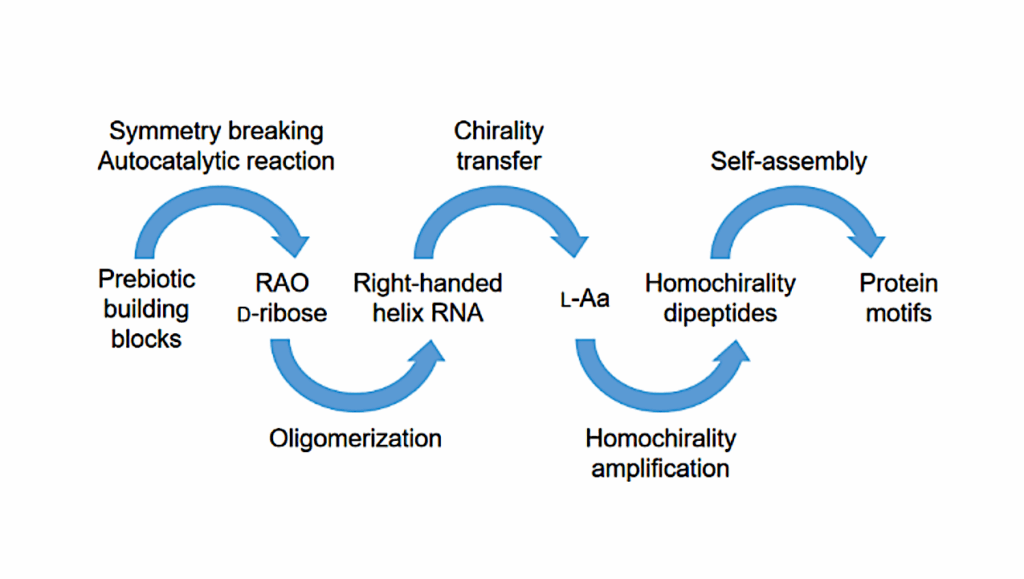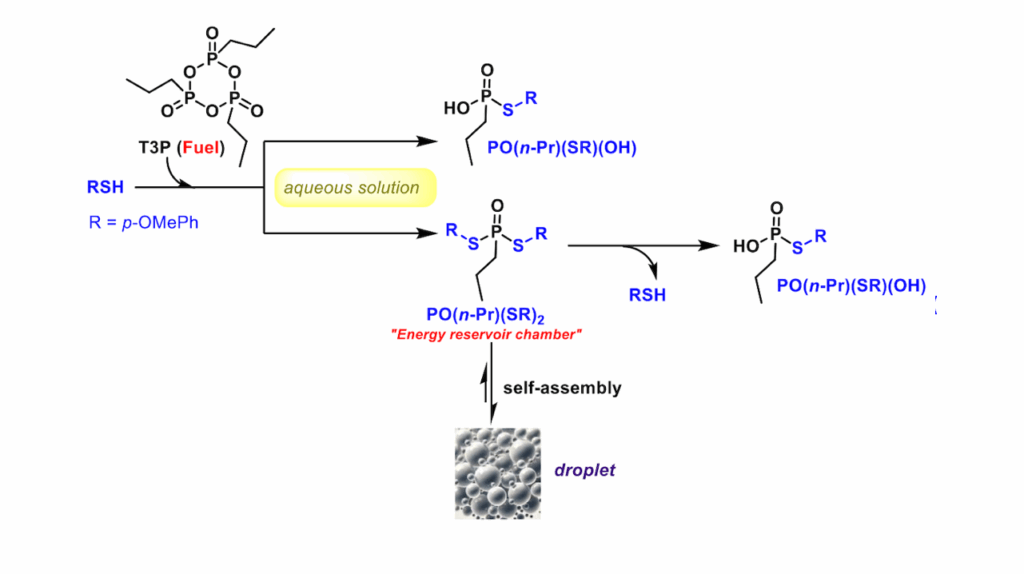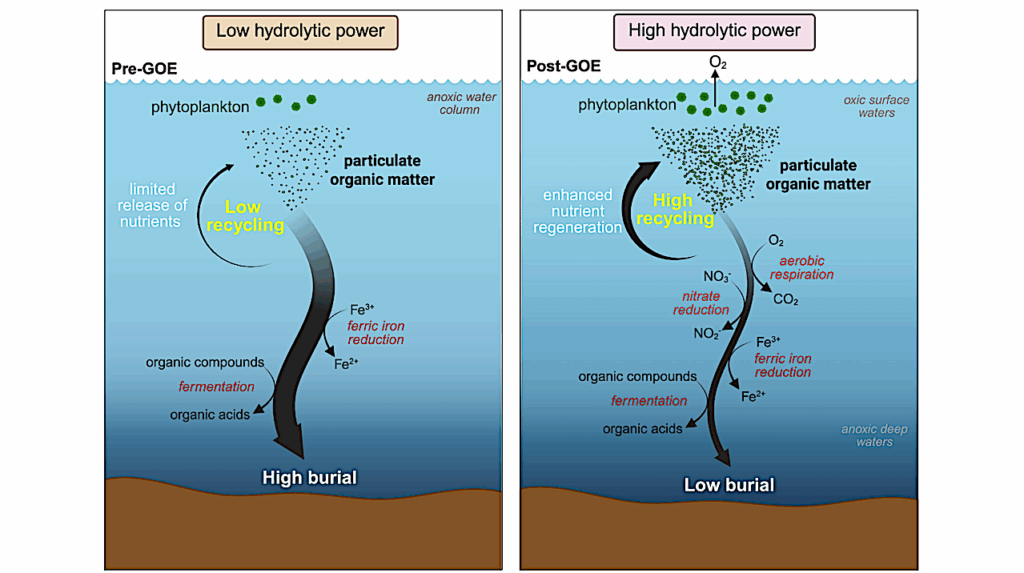Novel Insights Into The Evolutionary Link Between Amphibian And Mammalian Peptides

In evolutionary biology, tracing back ancestral genetic elements is a quest in reconstructing the history of life on earth. The presence of similar or “homologous” genes in different species speaks of shared ancestry and of past molecular events that led to diversification from a common ancestor, ultimately leading to speciation.
At physiological and cellular levels, the protein or peptide products derived from the “orthologous” genes, or genes of different species derived from a common ancestral gene, often have similar or evolutionarily conserved functions. As the presence of orthologous genes hints at the possibility of speciation, they provide evolutionary biologists with powerful tools to understand phylogeny–the study of evolutionary relationships among organisms.
Recently, a group of researchers led by Dr. Hirotaka Sakamoto of Okayama University, Japan conducted one such study that centered around two possible orthologous genes of amphibians and mammals to shed light on their hitherto ignored evolutionary relationship. Their study has been published in the journal Scientific Reports.
In this study, the researchers set out to explore the relationships between the proteins bombesin and gastrin-releasing peptide or GRP. While bombesin, a possible antibacterial peptide isolated from the skin of the frog Bombina bombina, shows bioactivity in the mammalian nervous system, GRP, the mammalian neuropeptide with various roles in the functioning of the central nervous system (CNS), is considered the mammalian equivalent of bombesin. However, in addition to bombesin, frogs produce GRP in their CNS, but the physiological role of GRP in them remains unknown. Dr. Sakamoto emphasizes the objective of their research “The available information compelled us not only to question the validity of the concept of GRP being the mammalian counterpart of amphibian bombesin but also assess the possibility of GRP as part of an evolutionarily conserved system among vertebrates.”
To find the answer, Dr. Sakamoto and his team used Xenopus tropicalis–a West African species of clawed frog with a genome that shares similarities in genetic organization with the mammalian genome–as the experimental model. They performed phylogenetic analysis of the sequences of genes for GRP, neuromedin B or NMB (another bombesin-like peptide), and bombesin in Xenopus. To develop a better understanding of how the GRP system works in Xenopus at the molecular level, they analyzed the sequences of receptor molecules of Xenopus that bind to these bombesin-like peptides. They also checked the expression of the products of these genes in various tissues and CNS of the experimental animal.
When the findings of these experiments were collated, new insights emerged. It highlighted that the GRP system is widely conserved among vertebrates, but the NMB/bombesin system has diversified in some lineages. This challenges the existing view on the origin of these peptides. As Dr. Sakamoto explains, “Previous studies have suggested that GRP and NMB were mammalian equivalents of bombesin. However, we demonstrate that GRP is not a mammalian orthologue of bombesin; rather, these two genes have evolved independently from a single ancestral homologue. Eventually, the NMB/bombesin system has diversified in certain lineages, especially in frog species.” Also, in contrast to earlier reports that highlighted bombesin as the ancestral peptide of the bombesin-like peptide family, the new study identified GRP-like peptide as the ancestral form of GRP peptides. Finally, as GRP peptides and their receptors were present in both the brain and stomach of Xenopus, the researchers identified GRP as one of the gut-brain neuropeptides involved in the regulation of energy intake and expenditure in both amphibians and mammals.
Considering the paradigm shift it has made in understanding the evolutionary biology of vertebrates, this study marks an outstanding achievement for Dr. Sakamoto and his team. Beyond its contribution to understanding the evolution of the GRP system better, it establishes Xenopus tropicalis as a research model for studying functional mechanisms of the GRP system and exploring the possibility of bombesin for use in the pharmaceutical industry. More importantly, however, this study underscores the significance of small discoveries in shaping existing knowledge.
Astrobiology








